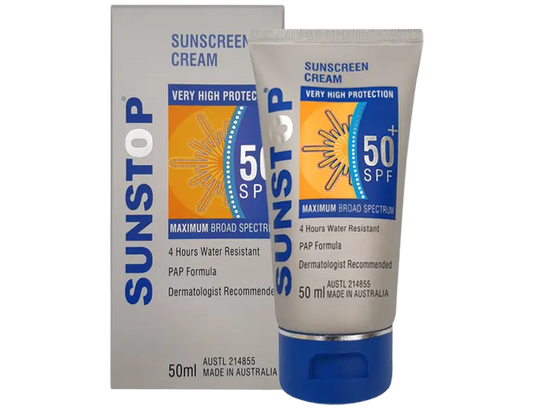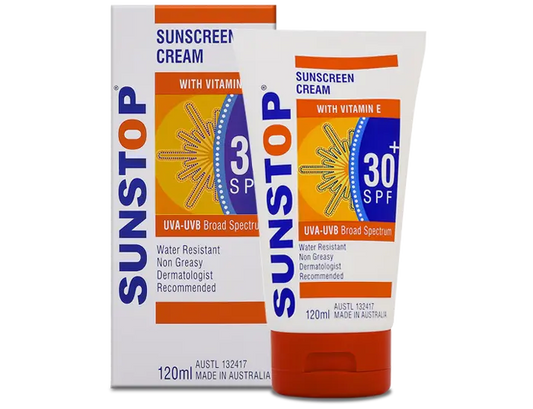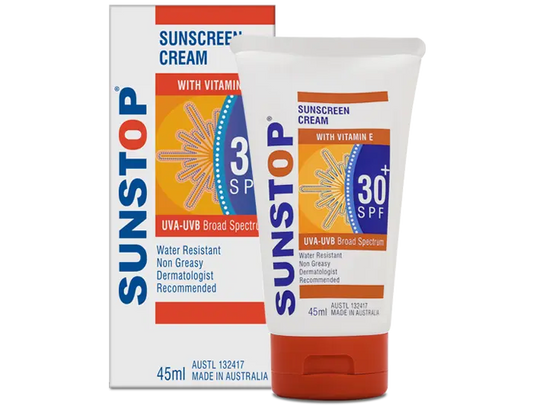The incidence of skin cancer, and of melanoma in particular, has increased substantially over the last few decades. Skin cancer mainly affects areas of the skin which have been exposed to the sun.
-
Treatments
Aktinic keratosis
The incidence of AK increases with age. Its prevalence in adults varies from approximately 10% in Europe to 46% in Australia. The lesions appear as rough, scaly patches on sun-exposed areas of the body, such as on the face, bald scalp or the back of the hands. If left untreated, they can develop into a form of skin cancer called squamous cell carcinoma.
Actinic keratosis is treated with cryotherapy (liquid nitrogen), topical treatments and photodynamic therapy (combining a photosensitizing medication with a red light).Basal cell carcinoma
BCC roughly 75% of all skin cancers. Its incidence varies from approximately 0.1% per year in Europe to approximately 2% per year in Australia. BCCs are not life-threatening but enlarge slowly, are locally invasive and can ulcerate. They will not regress spontaneously. The standard treatment is surgical excision. In some cases the physician will choose cryotherapy, curettage (scooping the lesion away with a curette) and electrocautery, with topical treatment or photodynamic therapy.
Melanoma
This is cancer of the melanocyte, the cell that produces the natural skin pigment. Melanoma is most often caused by over- exposure to the sun or ultraviolet radiation, especially in people with fair skin or who tend to suffer from sunburn. Although the incidence is very low (from 0.02% in the USA to twice as many in Australia), it is the most life-threatening skin cancer. Whereas in early diagnosed melanoma treated by surgical removal, the prognosis is excellent, delayed treatment exposes the patients to the risk of the melanoma spreading to other parts of the body (metastatic melanoma). Patients with metastatic melanoma have less chance of making a complete recovery. In its early stages, a melanoma can be mistaken for a mole.
There is a simple approach to identifying moles which should be shown to a doctor, called the ABCD approach:
A= asymmetry; the melanoma lesions are irregularly shaped
B= border; uneven, irregular borders
C= color; many shades from brown to black
D= diameter: more than 6 millimeters in diameter -
Advice
The best way to reduce the risk of melanoma is to protect oneself and especially children from the sun by staying in the shade, wearing protective clothes, wide-brimmed hats and applying sunscreen with a sun protection factor (SPF) of 15 or higher, on all exposed skin. For those diagnosed with melanoma, the most common treatment begins by surgical removal of the cancer. Patients with thick melanomas or metastatic melanoma are usually offered repeated injections of interferon or chemotherapy.




